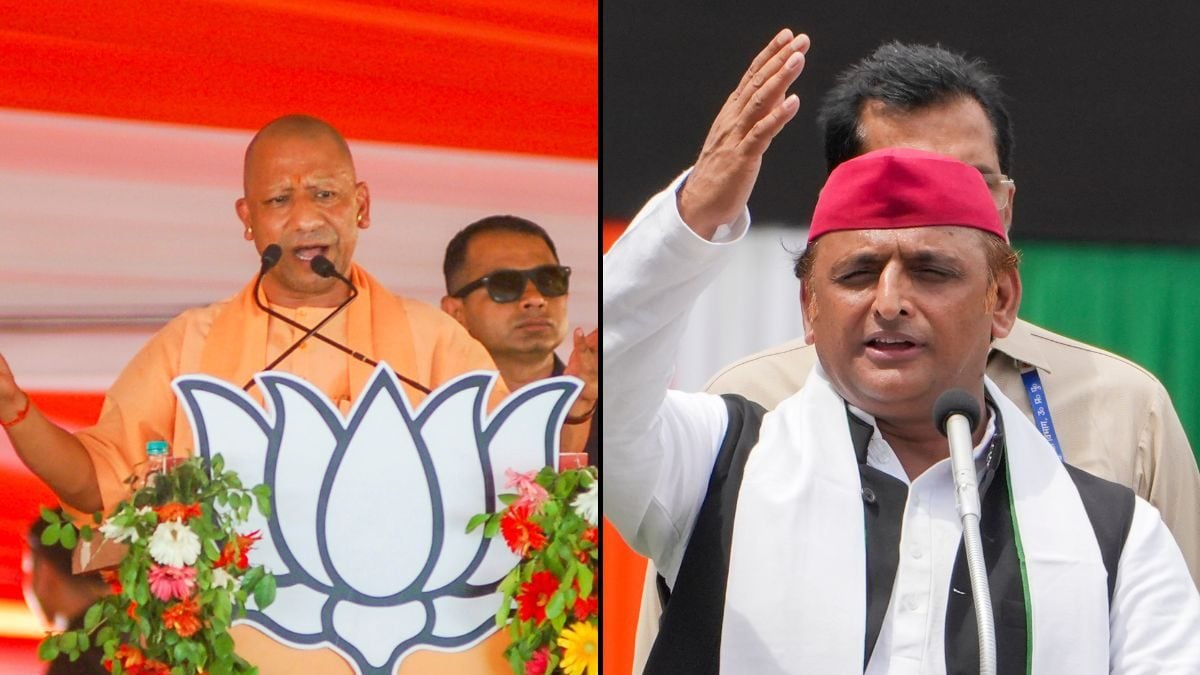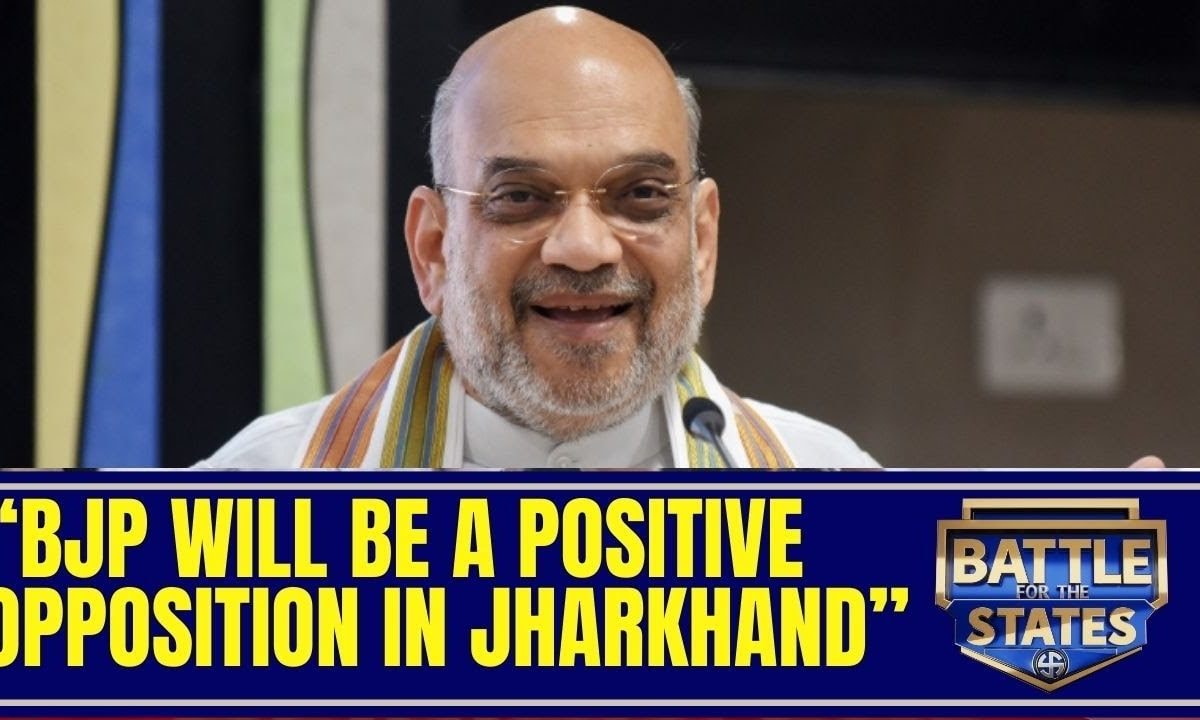Last Updated: October 08, 2024, 16:04 IST
Srinagar, India

With NC chief Farooq Abdullah easing into retirement, many were of the view that this election would define the future of Omar Abdullah's political career. (PTI file photo)
Securing an impressive victory in Budgam and leading in Ganderbal -- the two seats that he contested -- the third-generation politician is set to become the next Jammu and Kashmir chief minister
A scion of the influential Abdullah clan in Jammu and Kashmir, Omar Abdullah faced a battle of prestige in the Assembly polls in the Union Territory. Securing an impressive victory in Budgam and leading in Ganderbal — the two seats that he contested — the third-generation politician is set to become the next Jammu and Kashmir chief minister and carry on his family’s legacy.
Just a few months ago, Abdullah, despite his privileged pedigree, endured an embarrassing defeat in the Lok Sabha elections. The Assembly poll, held for the first time since the abrogation of Article 370 in 2019, is perhaps a redemption of sorts for the Conference leader.
With NC president Farooq Abdullah easing into retirement, many were of the view that this election would define the future of Omar Abdullah’s political career.
For the better part of the last five years, the 54-year-old former Union minister ruled out his participation in the Assembly polls in a Union territory set up. He had gone to the extent of saying that he would not humiliate himself by entering the Vidhan Sabha of a Union Territory.
However, he made a U-turn after the Election Commission announced the poll schedule for Jammu and Kashmir. He decided to contest not one but two seats — Ganderbal, a constituency steeped in his family’s political legacy, and Budgam.
After the abrogation of Article 370 and reorganisation of the erstwhile state of Jammu and Kashmir into two Union Territories, there has been an upsurge in support for the Conference with a large chunk of voters throwing their weight behind the oldest political party of the region.
While contesting the party stronghold of Ganderbal should have been a cakewalk for Abdullah, he decided to play it safe and filed a nomination from the Budgam Assembly segment, scarred by the Lok Sabha poll defeat.
As the NC, which had a pre-poll tie-up with the Congress, has emerged as the biggest party in Jammu and Kashmir, it is the senior partner in the alliance and will be in a position to dictate terms in government formation.
Moreover, Farooq Abdullah has announced that Omar would be the next chief minister of Jammu and Kashmir.
Abdullah, who has been a Lok Sabha member three times — 1998, 1999 and 2004 — is known to come back stronger after every electoral defeat.
He won the 2004 Lok Sabha elections after being humbled in his family bastion of Ganderbal in the 2002 Assembly elections by a little-known candidate — Qazi Mohammad Afzal.
It was Afzal, who as the forest minister, approved the transfer of forest land to Shri Amarnath Shrine Board in 2008 which sparked massive protests for and against the order in Jammu and valley respectively.
Seizing the opportunity, Abdullah made a career-defining speech in the Lok Sabha when the situation in Jammu and Kashmir was being discussed.
In the elections held at the end of 2008, he wrested Ganderbal and the NC emerged as the single largest party. He became the chief minister at the age of 38 — one of the youngest in the country — and headed the coalition government with the Congress.
Had the NC vice president lost the Assembly poll, no member of the Abdullah family would have been in either Parliament or the Vidhan Sabha for the first time since 1996.
(This story has not been edited by News18 staff and is published from a syndicated news agency feed - PTI)

 1 month ago
1 month ago














